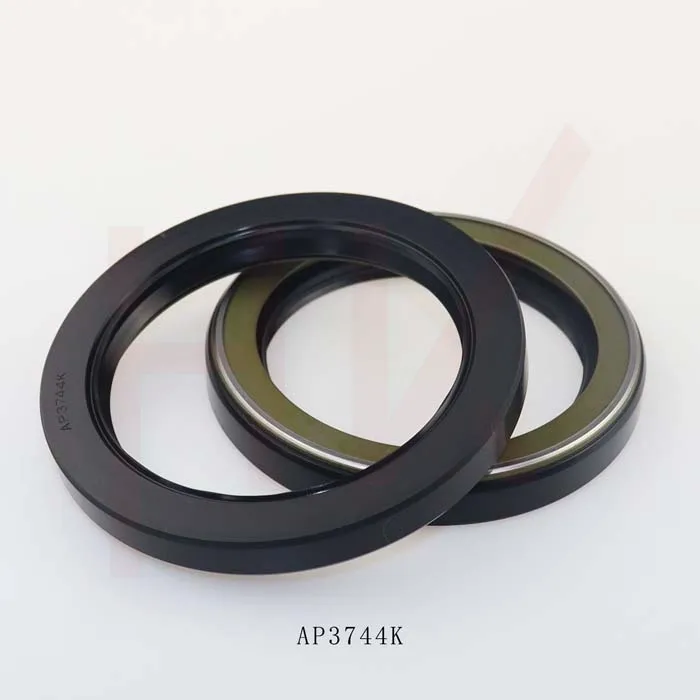Dec . 12, 2024 09:23 Back to list
replacing seals hydraulic cylinder
Replacing Seals in Hydraulic Cylinders A Comprehensive Guide
Hydraulic systems are an essential part of many industrial and mobile applications, providing the necessary force and movement for a variety of machinery. At the core of these systems are hydraulic cylinders, which rely on sealed components to maintain pressure and functionality. Over time, seals can wear out or become damaged, leading to leaks, loss of pressure, and decreased performance. This article will guide you through the process of replacing seals in hydraulic cylinders, ensuring optimal operation of your hydraulic systems.
Understanding Hydraulic Cylinder Seals
Hydraulic cylinder seals serve crucial roles, including preventing fluid leakage, retaining pressure, and protecting internal components from contaminants. The primary types of seals in hydraulic cylinders include
1. Rod Seals Located at the rod gland, these seals prevent hydraulic fluid from leaking out when the cylinder is in operation. 2. Piston Seals These seals are found on the piston and prevent fluid from bypassing the piston as it moves within the cylinder. 3. Wipers Positioned at the rod entrance, wipers keep dirt and debris from entering the cylinder, protecting the rod seals.
Each type of seal is designed to withstand specific pressures and temperatures, making it essential to choose the correct replacement for your particular application.
Signs of Worn Seals
Before diving into the replacement process, it's crucial to identify the signs of worn seals. Common indicators include
- External Leaks Fluid pooling around the cylinder indicates that the rod seals may be damaged. - Reduced Performance A decrease in speed or power can signify a problem with the piston seals. - Contamination Dirt or debris infiltrating the cylinder can compromise seal integrity, leading to accelerated wear.
If you observe any of these symptoms, it’s time to replace the seals.
Tools and Materials Needed
To replace seals in hydraulic cylinders, gather the following tools and materials
replacing seals hydraulic cylinder

- Seal replacement kit (specific to your cylinder model) - Wrenches and sockets - Screwdrivers - Pliers - A pick or hook tool (for removing seals) - Clean rags and cleaning solvent - Torque wrench - Safety goggles and gloves
Step-by-Step Process for Replacing Seals
1. Preparation Start by turning off the hydraulic system and relieving pressure. Disconnect the hydraulic lines and any electrical connections to the cylinder.
2. Disassembly Carefully remove the cylinder from its mounting. Use the appropriate wrenches to disconnect the end caps or heads. Be cautious, as some hydraulic fluid may still be present.
3. Remove the Old Seals Use a pick or hook tool to remove the old seals from the piston and rod. Ensure you do not damage the seal grooves in the process.
4. Clean the Components Thoroughly clean the cylinder and all components using a clean rag and a suitable solvent. Inspect the cylinder for any scratches or damage that could affect the new seals.
5. Install New Seals Apply a light coat of hydraulic oil to the new seals before installation. Carefully place the new piston seal and rod seal into their respective grooves, ensuring they are seated evenly.
6. Reassemble the Cylinder Reattach the end caps or heads while taking care to avoid pinching the seals. Use a torque wrench to tighten according to the manufacturer's specifications.
7. Reconnect and Test Once the cylinder is fully reassembled, reconnect the hydraulic lines and electrical connections. Reinstall the cylinder in its mounting. Start the hydraulic system and check for leaks by observing the cylinder under pressure.
Conclusion
Replacing seals in hydraulic cylinders is a vital maintenance task that can extend the life of your hydraulic system and improve its performance. By following this guide, you’ll be equipped with the knowledge to tackle seal replacement confidently. Always remember to refer to the manufacturer’s specifications for your specific hydraulic cylinder and maintain a proactive maintenance schedule to prevent seal failure in the future. Proper care will ensure that your hydraulic systems operate smoothly and efficiently for years to come.
-
TCN Oil Seal Metal Ring Reinforcement for Heavy Machinery
NewsJul.25,2025
-
Rotary Lip Seal Spring-Loaded Design for High-Speed Applications
NewsJul.25,2025
-
Hydraulic Cylinder Seals Polyurethane Material for High-Impact Jobs
NewsJul.25,2025
-
High Pressure Oil Seal Polyurethane Coating Wear Resistance
NewsJul.25,2025
-
Dust Proof Seal Double Lip Design for Construction Equipment
NewsJul.25,2025
-
Hub Seal Polyurethane Wear Resistance in Agricultural Vehicles
NewsJul.25,2025
-
The Trans-formative Journey of Wheel Hub Oil Seals
NewsJun.06,2025
Products categories
















